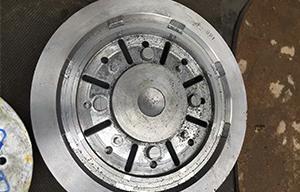
Rotor cast aluminum mould
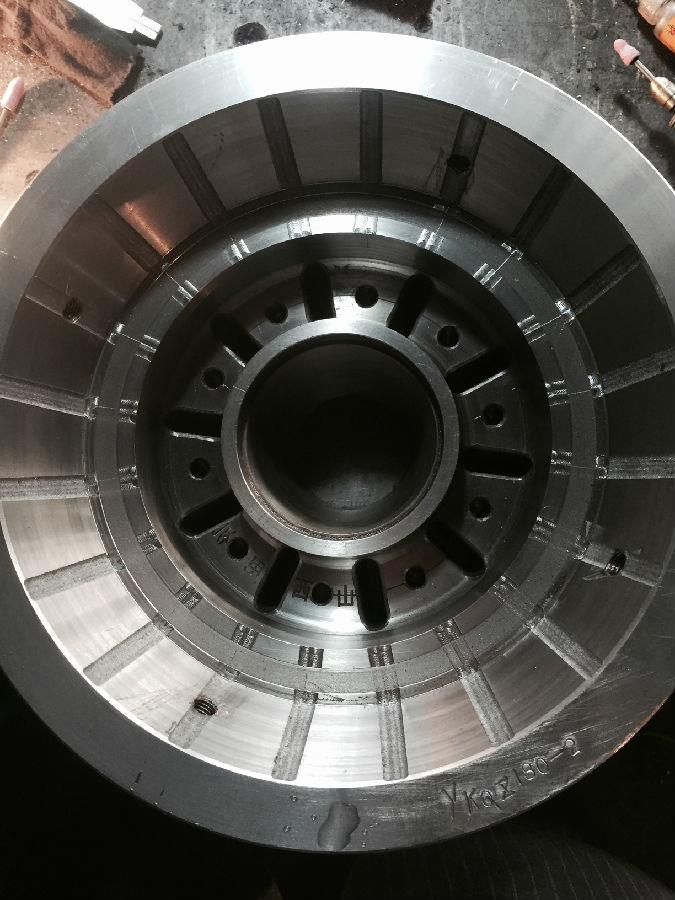
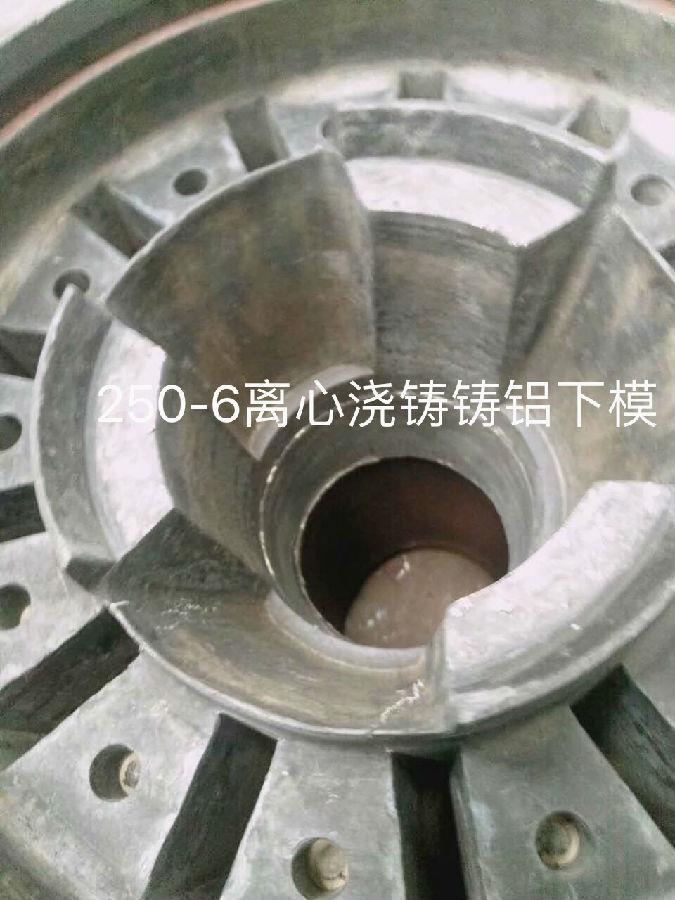
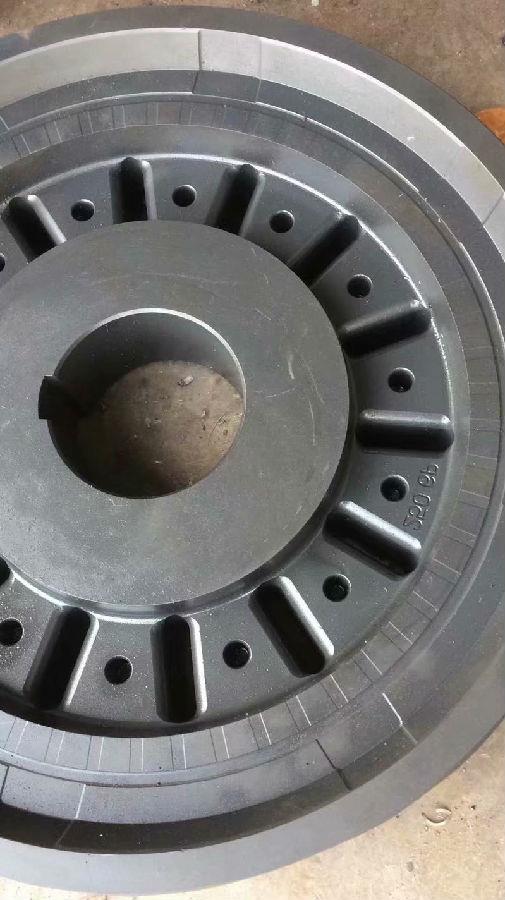
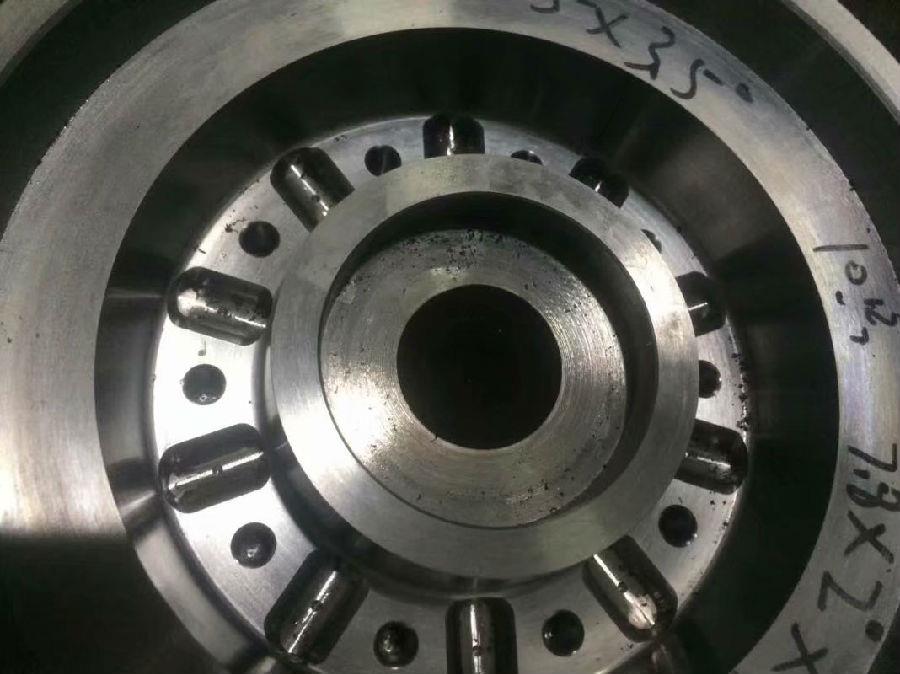
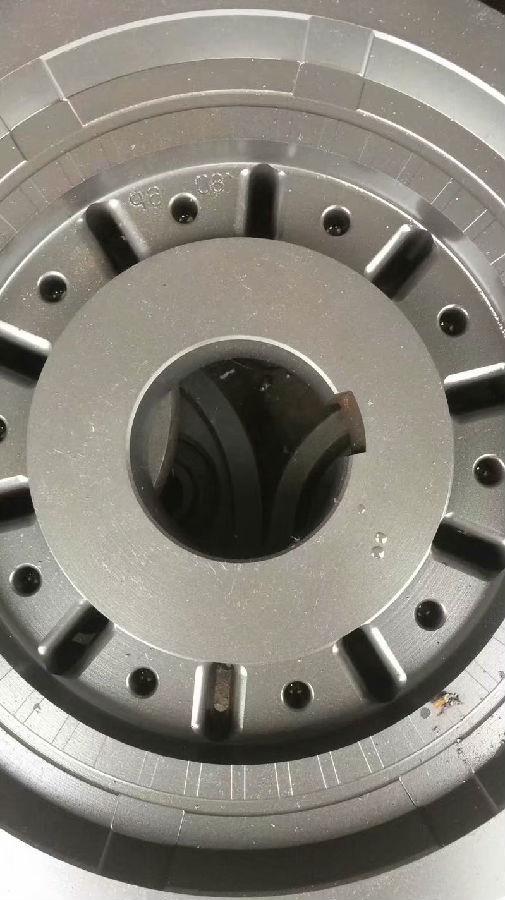
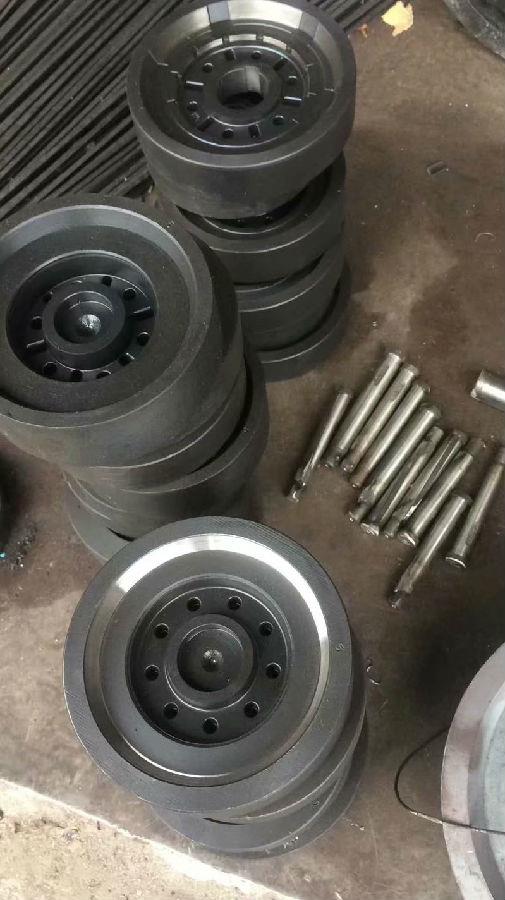
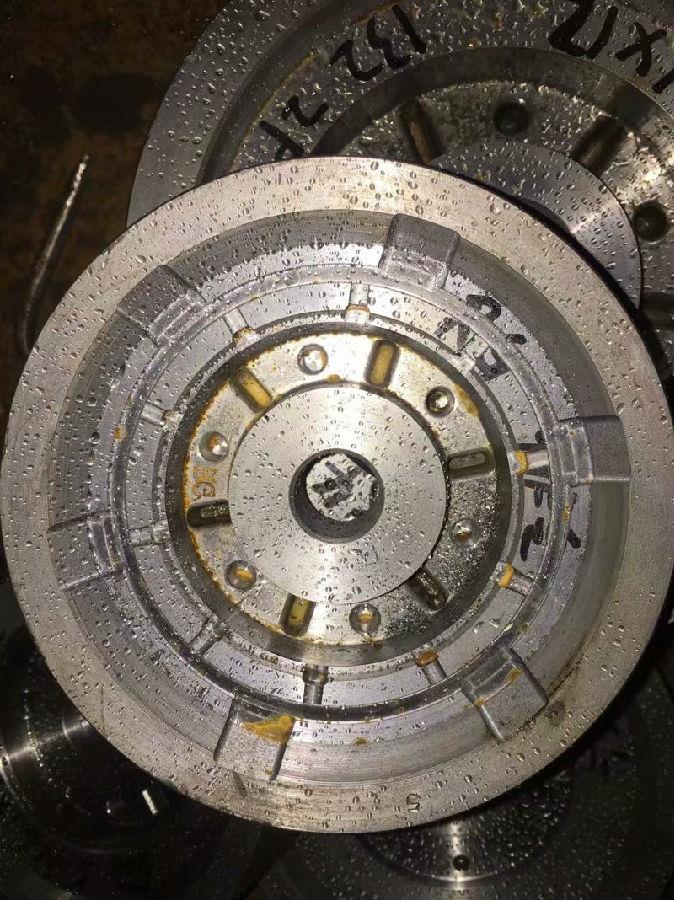
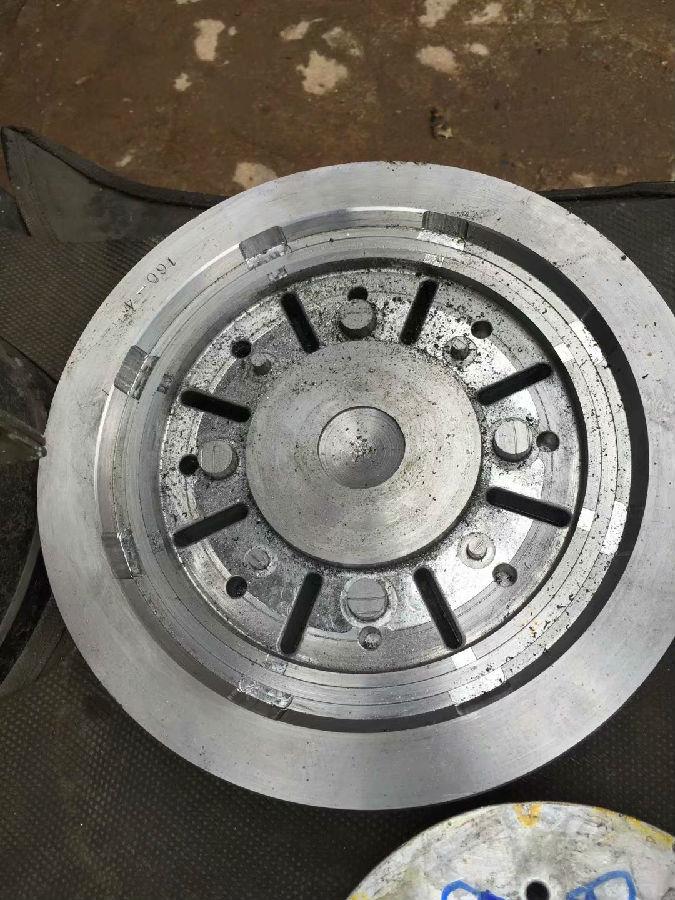
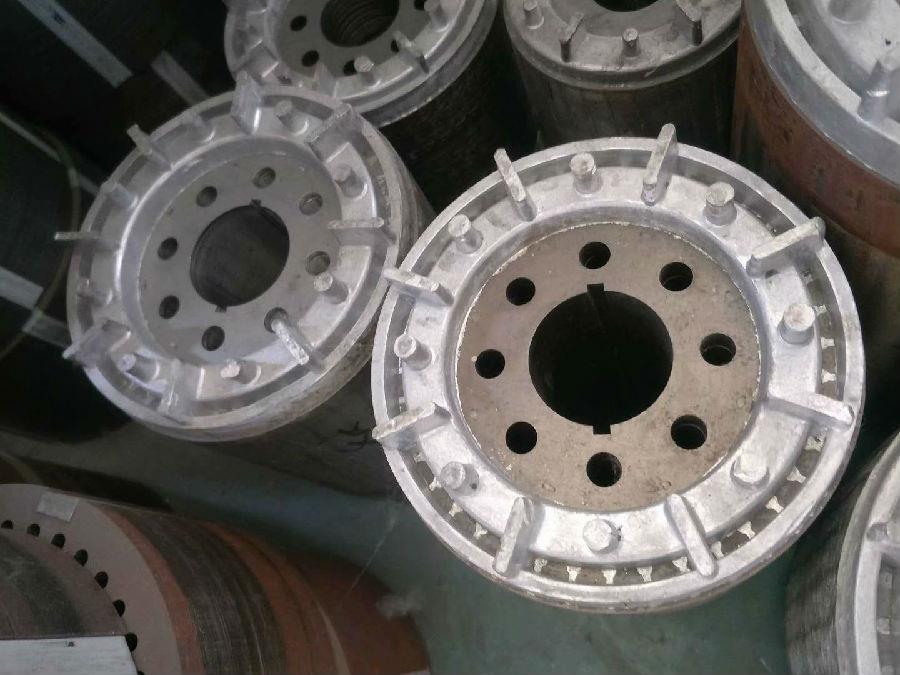
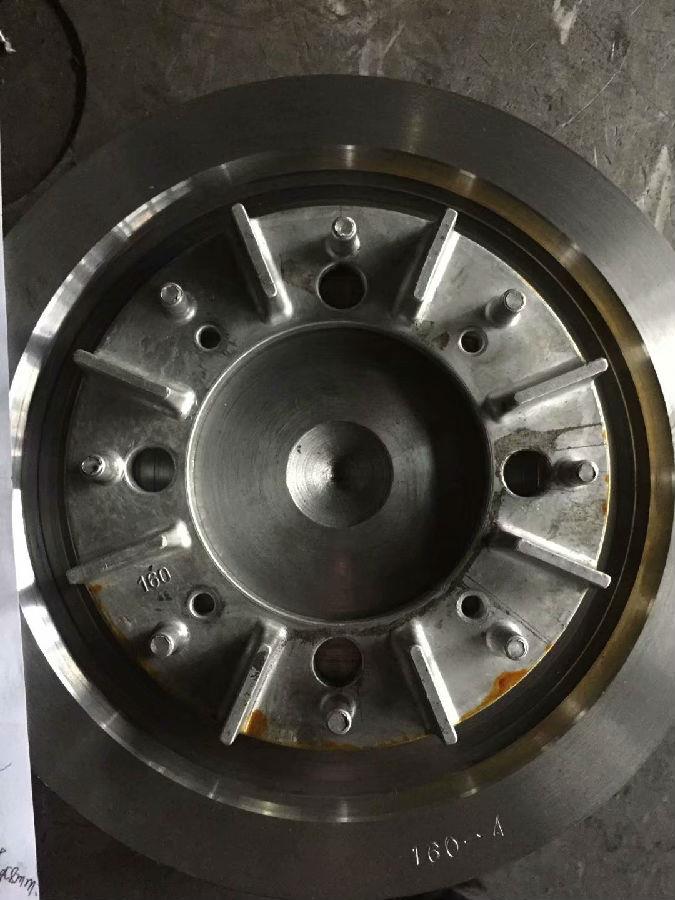
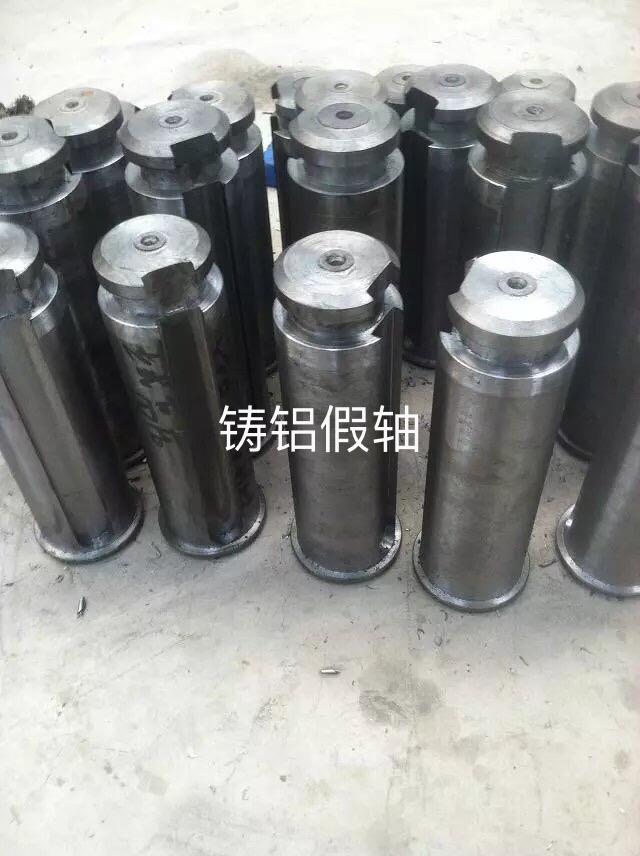
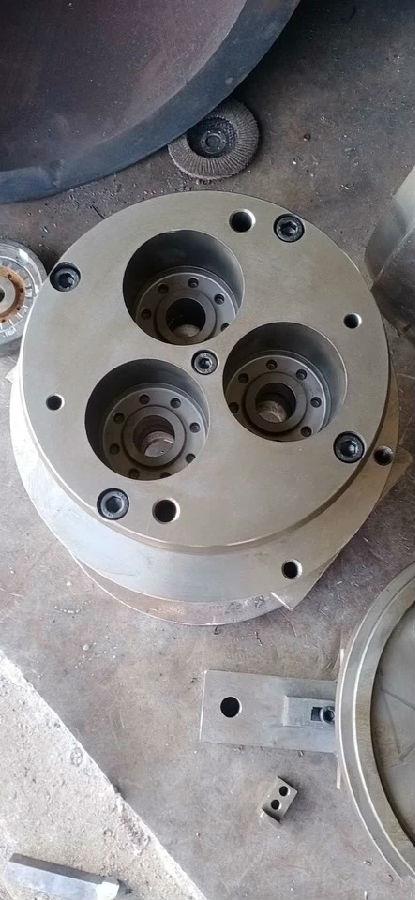
In recent years, with the continuous introduction of high-quality technical personnel, dozens of high-precision, sophisticated CNC machining stator molds, gantry large water grinder rotor molds and slow-wire equipment composite molds have been introduced, equipped with excellent and unique computer networks. The system design and processing software realizes the integration of mold from design, development to manufacturing. High-quality technical personnel, advanced processing equipment, rich production experience, unique processing technology and perfect detection methods ensure that the company's rotor casting aluminum mold has high accuracy and long service life. Over the years, the company has adhered to the business philosophy of "superior quality, perfect service, and sincere reputation". With good product quality, fast delivery time, moderate mold prices, and perfect after-sales service, we are dedicated to our customers. Provide satisfactory service.
Carbides are an essential component of most mold steels. In addition to austenite-soluble carbides, there are also some residual carbides that are insoluble in austenite. The size, morphology and distribution of carbides have a very important influence on the serviceability of die steel. The size, shape, and distribution of carbides are related to the smelting method of the steel, the solidification conditions of the steel ingots, and the hot working deformation conditions. Hypereutectoid steel carbides may form wind-like carbides at grain boundaries or carbides may be stretched to form band-shaped carbides during processing deformation, or both. In the case of bainite die steel, primary carbides are present. And secondary carbides, in the process of thermal deformation, most of the eutectic carbides in the network can be broken, the carbides first extend in the direction of deformation, resulting in a band shape, as the degree of deformation increases, the carbides become uniform and fine . The non-uniformity of carbides has a greater impact on quenching deformation, cracking and mechanical properties of steel.



